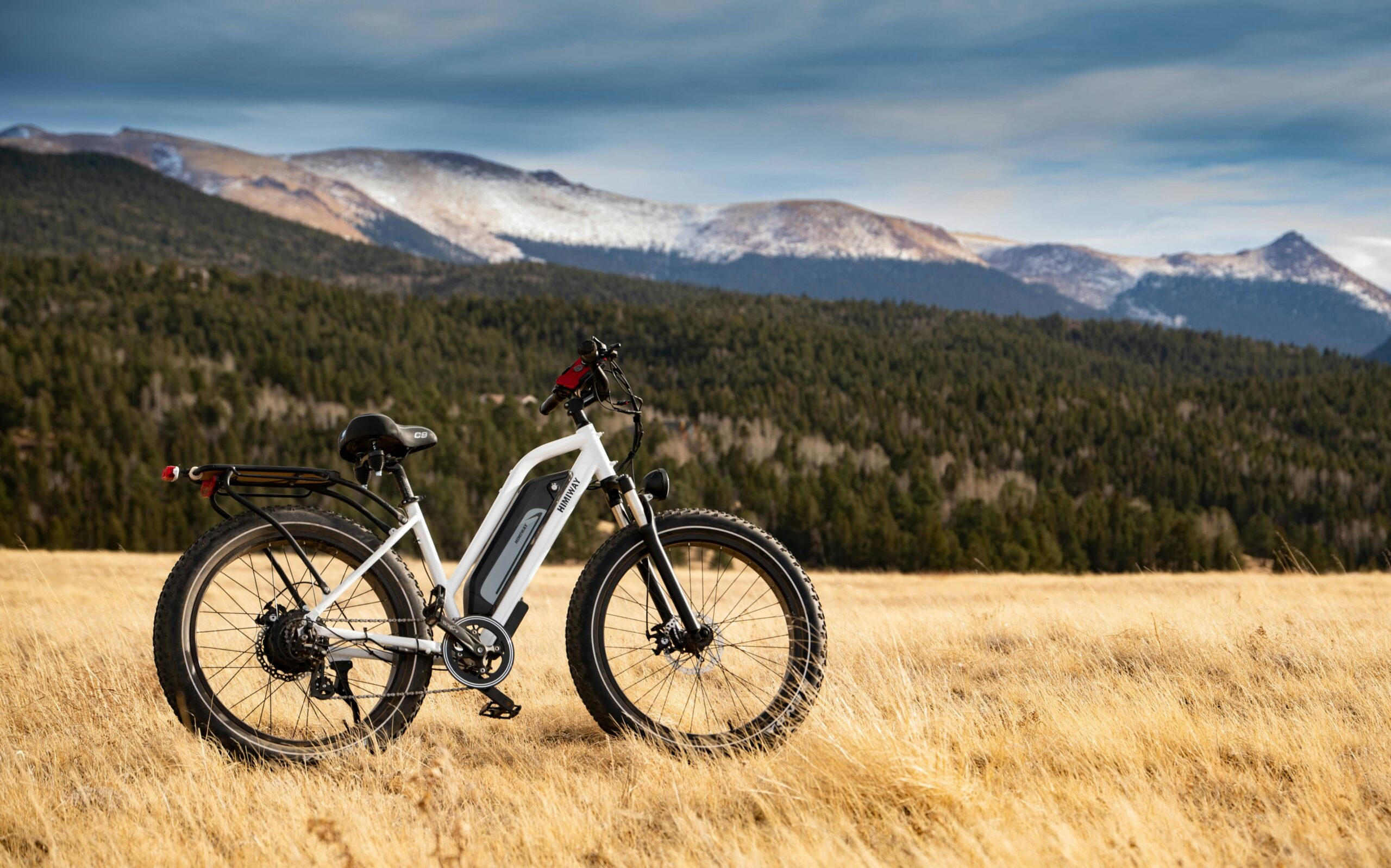
In a world increasingly burdened by climate change, congested cities, and the rising cost of living, transportation is undergoing a silent yet powerful revolution. The electric bike is at the heart of this change—an innovation redefining how people move, commute, and experience their surroundings. These e-bikes are not only convenient and cost-effective, but they are also central to a cleaner, more sustainable future. The shift from gas-powered vehicles to electric-assisted bicycles is more than a trend; it’s a necessary pivot toward a healthier planet and smarter cities.
What Makes Electric Bikes Different
Electric bikes, commonly referred to as e-bikes, combine the basic mechanics of traditional bicycles with electric motor technology. They provide pedal assistance through a rechargeable battery and motor, making it easier to travel longer distances and tackle hills without exhaustion. Unlike scooters or motorcycles, e-bikes still require some pedaling, which offers a mix of exercise and effortless mobility. This hybrid nature makes them attractive to many people, from daily commuters to older adults looking for a smoother ride.
The real beauty of e-bikes lies in their versatility. Whether riding to work, running errands, or just exploring the neighborhood, they allow you to get around without the stress of traffic or the search for parking. They also appeal to people who might otherwise feel limited by their physical capabilities. As a result, e-bikes are opening up transportation possibilities to more people than ever before.
The Environmental Case for E-Bikes
The most compelling reason for the growing popularity of electric bikes is their environmental benefit. Traditional cars and trucks are responsible for significant global greenhouse gas emissions. These emissions contribute heavily to air pollution, impact human health, and accelerate climate change. In contrast, e-bikes produce zero emissions during operation. Charging an electric bike uses minimal electricity, and that energy can even come from renewable sources like solar or wind.
As cities worldwide push for greener transportation policies, e-bikes are a practical solution. They take up less space, reduce congestion, and don’t emit harmful pollutants. Encouraging the use of e-bikes can significantly reduce the number of cars on the road, leading to cleaner air and quieter streets. As part of a broader strategy that includes public transit and pedestrian-friendly infrastructure, e-bikes are crucial in building environmentally friendly urban systems.
A Smart Choice for Urban Commuters
For many people living in busy cities, commuting is a daily struggle. Between traffic jams, limited parking, and unreliable public transportation, getting from point A to point B can be time-consuming and stressful. Electric bikes offer a smart alternative. They allow riders to move swiftly through city streets, often using bike lanes that avoid the worst of rush-hour congestion. And because they’re faster than walking or traditional biking, they’re ideal for people with busy schedules.
Another significant advantage is affordability. Electric bikes are far less expensive than owning and maintaining a car, which includes gas, insurance, maintenance, and registration. Many commuters find that the upfront cost of an e-bike pays for itself within months, especially when factoring in savings on fuel and parking fees. With rising fuel prices and urban congestion becoming daily realities, e-bikes present a financially sound and efficient commuting option.
Technology Driving the E-Bike Boom
Recent advances in battery and motor technology have greatly improved the performance and reliability of electric bikes. Today’s models are lighter, faster, and more durable than ever. Batteries charge quickly and can last dozens of miles on a single charge. Smart technology integration, such as GPS tracking, mobile connectivity, and anti-theft systems, is standard in newer models.
This wave of innovation has not gone unnoticed. Major tech companies and startups are investing in e-bike development, seeing it as a future-forward market with immense growth potential. The presence of ride-sharing companies offering e-bike rentals in urban areas further signals the mainstream acceptance of this technology. These investments are about making better bikes and building ecosystems of innovative, sustainable transport options.
The Role of Policy and Infrastructure
Government policies and urban planning decisions will play a significant role in determining the future of electric bikes. In cities where cycling infrastructure is prioritized—such as designated bike lanes, secure parking, and integration with public transit—e-bike use has surged. Forward-thinking cities are recognizing the value of this low-emission transport method and investing in systems to support it.
Subsidies and tax incentives also help make electric bikes more accessible. Some countries and cities offer rebates or financial assistance to residents purchasing e-bikes, encouraging broader adoption. Combined with educational campaigns and bike safety programs, these policies can create an environment where e-biking is viable and desirable.
Challenges to Widespread Adoption
Despite their many advantages, electric bikes still face a few challenges. Cost remains a barrier for some, particularly in lower-income communities. While prices drop as technology matures, the initial investment can be intimidating. Infrastructure is another issue. Not all cities have bike-friendly roads or sufficient safety measures to protect cyclists.
There’s also the question of regulation. As e-bikes become more common, governments must decide how to classify and manage them. Speed limits, helmet laws, and usage rules vary widely depending on the region, confusing consumers and limiting growth. Still, these challenges are manageable with thoughtful planning and collaboration among stakeholders.
Looking Ahead: A Cleaner, More Connected World
The rise of electric bikes represents more than a shift in how people travel—it marks a cultural movement toward sustainability, health, and urban transformation. As technology evolves and cities adapt, e-bikes are poised to become a permanent fixture in the global transportation landscape.
Their success will depend on continued investment in infrastructure, public awareness, and policy support. But the trend is clear: more and more people are turning to e-bikes as a greener, more intelligent, and more enjoyable way to move. In doing so, they’re changing their daily commute and contributing to a larger vision of a cleaner, more connected world.